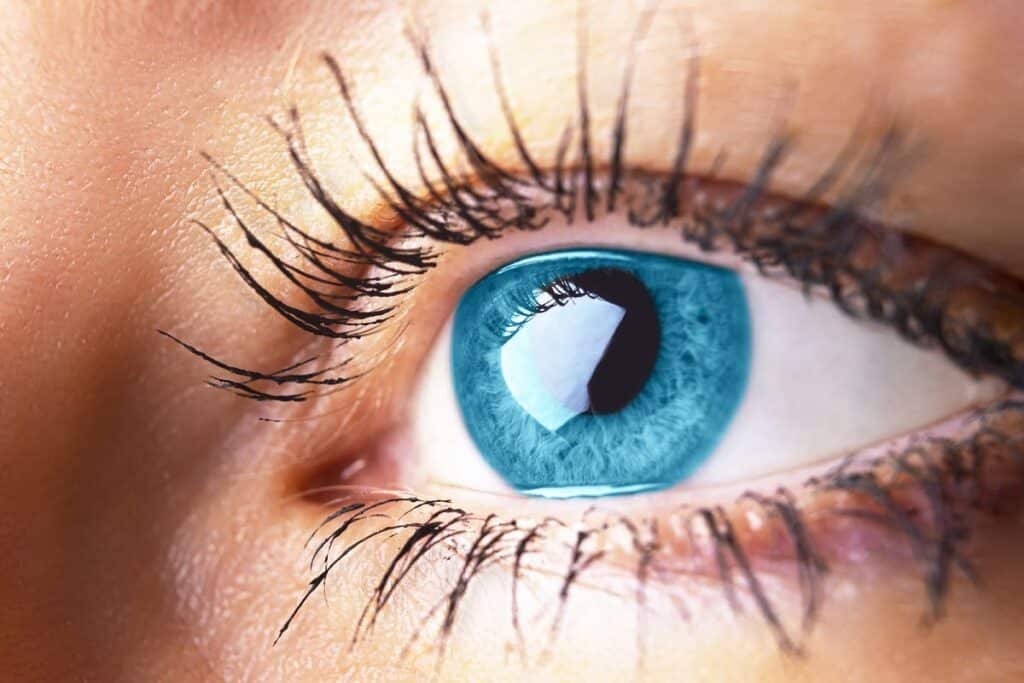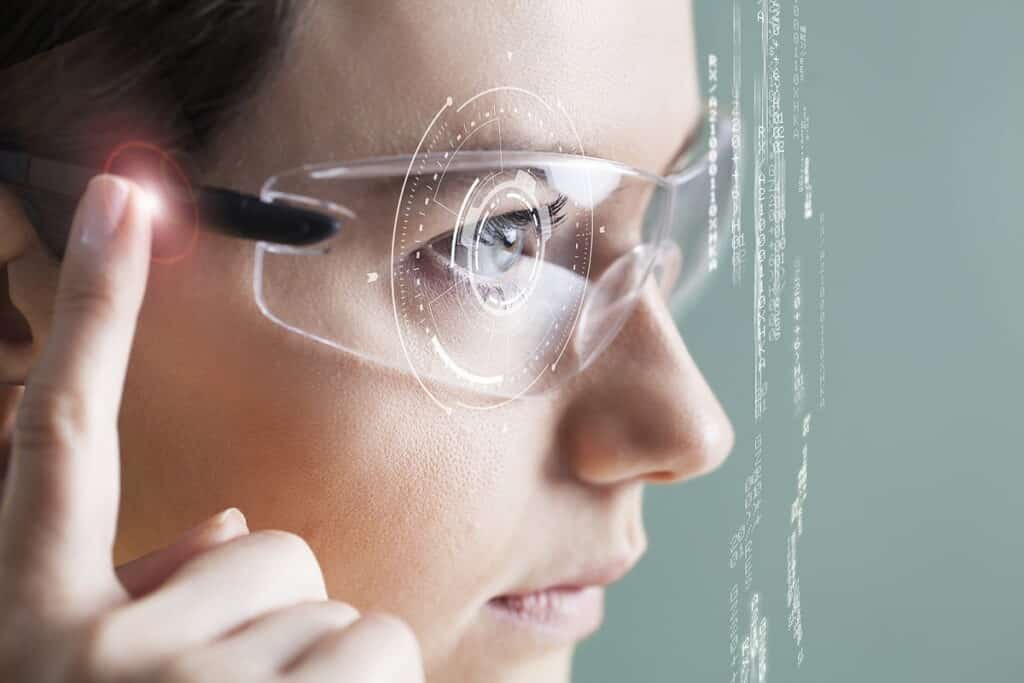7 AR/VR Hardware Startups That Took Funding in 2019
Table of contents

If hardware is hard, as the saying goes, then it must really suck if you’re a company doing hardware for virtual reality (VR) and augmented reality (AR) applications. Just like we first believed that everyone would have a desktop 3D printer in his or her home, we assumed AR/VR devices would be as ubiquitous as a PlayStation or DVD player back in the day. Instead, VR has labored to find a widespread consumer audience willing to invest in what is still a somewhat awkward technology with limited content. Meanwhile, mobile-based AR applications on our smartphones mean that AR hardware faces an uphill battle for relevance, except for enterprise applications or even surgery. In 2018, Gartner said it would still be five to 10 years before AR/VR reached maturity, meaning that AR/VR hardware startups may need a bit more funding to stay afloat.

Still, total global AR/VR startup valuations are now at $45 billion globally, according to Digi-Capital, a consulting and analytics firm for the industry. Digi-Capital stresses that most of that estimate is “on paper.” About half of that paper wealth is concentrated in less than 20 companies, including the WeWork of AR/VR, Magic Leap, with a valuation of more than $6 billion. In terms of the actual amount of funding that has gone into AR/VR startups, the best number we could find also comes from Digi-Capital and its AR/VR Analytics Platform, which tracked $5.4 billion in investments over 12 months between the second quarter 2018 and the second quarter 2019. It is interesting to note that more than 80% of the distribution of value is concentrated in the United States and China, with companies in the latter nation raising 2.5X more money in the recent past.
Indeed, the seven hardware AR/VR startups profiled below, none of which we’ve covered before, are based in either one of those two countries. They also represent the breadth of the AR/VR hardware sector, divvied up into three broad categories.
Headsets, Control Inputs & Haptics
- Nreal
- Massless
- HaptX
- HiScene
Displays, Projectors & Optical Engines
- Mojo
- Beijing NED
Tracking, Sensors & Cameras
- Insta360
Let’s dive into these seven AR/VR hardware startups.
Two Chinese AR Glasses Startups


Nreal’s secret? The glasses are tethered by USB to your smartphone, which does the heavy computing for AR applications. A key partner is Qualcomm (QCOM), which provides both the chipset (Snapdragon 845 mobile processor) and gaming platform (Snapdragon 855+ Mobile Platform) that’s already 5G enabled. In other words, you’ll be able to immerse yourself in the Matrix with minimal latency. Nreal also recently partnered with one of China’s biggest telecom companies, China Unicom, to sell its mixed reality (MR) glasses in the company’s 400 retail locations. The consumer version retails for $500, while the developer kit will set you back by $1,200.
Another Chinese company, Shanghai-based HiScene, has raised about $67 million in disclosed funding, including about $52 million over two rounds in May and August of this year. While most of the investors are domestic, HiScene counts Silicon Valley-based GGV Capital among its backers. HiScene is marketing its AR glasses in applications like telemedicine, especially as a way to promote the coming 5G wave. In one case, a doctor in a remote southwest village in China used the HiAR G200 smart glasses to treat a patient with chronic leg pain by receiving instructions on the company’s HiLeia transmission platform from doctors in Shanghai.
The Pen is Mightier Than the Mouse
The first stylus pen for computing was used more than 60 years ago. While brain-computer interface technology may one day do away with the need for such devices, including keyboards and the ubiquitous mouse, the big brains at San Francisco-based Massless have found yet another use for the stylus pen – virtual reality. Founded in 2016, Massless raised $2 million in a Seed round in February, bringing total funding to $2.5 million. The Massless Pen enables users to scribble and do much more sophisticated design work directly in VR in conjunction with Oculus or Vive headset. Here’s the lowdown on some of its features:

The Massless Pen can also be used outside of a VR world as a mouse for graphic apps like Photoshop. The product is being marketed as a business tool for engineers and designers.
Getting a Feel for VR
The Massless Pen also provides a bit of haptic feedback, a technology that enables devices to vibrate or otherwise provide real physical responses within the VR environment. A startup that has a real hand in such tech is Seattle-based HaptX, which was founded in 2012 and has raised $19 million, about half of which came during a Venture round in January. We first came across the company when it was known as Axon and was developing a sort of VR treadmill and a full-on haptic suit. Today, HaptX appears focused on developing its flagship HaptX Gloves, made of a silicon-based microfluidic skin that contains an array of pneumatic actuators, or little air pockets, which inflate when you touch something in the VR world. Each glove contains 130 microfluidic actuators that displace skin to provide realistic sensation. The same technology also powers a lightweight exoskeleton worn over the gloves that provide haptic feedback for sensing the size, shape, and weight of virtual objects.

HaptX is also working with a couple of other companies to build the world’s first haptic telerobotic system that transmits realistic touch feedback to an operator located anywhere in the world. The Tactile Telerobot got a bump in June when Amazon’s Jeff Bezos got his hands on, er, into the robot.
Going Big by Going Small


The company says the breakthrough is critical to its development of an AR platform it calls “invisible computing” where technology essentially disappears into the background.
Update 01/05/2022: Mojo Vision has raised $45 million in Series B funding to adapt its augmented reality contact lenses to work with sports and fitness applications. This brings the company’s total funding to more than $204 million to date.
Plug and Play Optics

Camera for VR Movies


The Titan isn’t built for your average VR filmmaker, however, as it retails for $14,999. On the plus side: Taxes and shipping are included.
Conclusion
Despite an uncertain market, AR/VR hardware companies are continuing to churn out new products, though it’s interesting to note that most of the recent investments highlighted here came in the first quarter of 2019. China appears to be pulling ahead of the United States in terms of attracting investments. Companies like Nreal, in particular, offer a bridge between AR glasses and AR mobile applications that may attract those put off by the bulkiness of most other hardware. Meanwhile, Mojo Vision is trying to shrink the hardware even further until it virtually disappears from view and we’re left with a new type of reality. The miniaturization of AR/VR has begun.
Sign up to our newsletter to get more of our great research delivered straight to your inbox!
Nanalyze Weekly includes useful insights written by our team of underpaid MBAs, research on new disruptive technology stocks flying under the radar, and summaries of our recent research. Always 100% free.














